The strength of outward courage is like fire; the strength of inner courage is like water. Fire is forceful yet weak, while water is yielding yet so powerful nothing can oppose it. One with outward courage, like fire, has a weakness; one with inner courage, like water, is extremely powerful. –Adachi Masahiro
The most common motif in anime is the theme of getting stronger. The theme appears in overt ways like JoJo’s Bizarre Adventure and Dragon Ball, but it also appears in less overt ways in stories like My Happy Marriage and Do It Yourself!. The push for strength ranges from bigger muscles and more powerful magic to stronger, closer relationships with a loved one and courage to be true to oneself. Sometimes the quest for strength has a final goal, but most of the time, the quest for strength never ends. As soon as the character climbs the mountain of strength, they realize there’s another peak beyond it.
Strength falls into two categories of courage, as Adachi Masahiro’s quote illustrates: fire and water. Shonen stories usually focus on fire–becoming a better fighter, becoming more competent, getting the money. Shojo stories usually focus on water–becoming stronger inside or developing a deeper friendship or romantic relationship. I’m over-simplifying here. Fire and water need each other to grow. Fire requires the inner strength of water to train. Just look at Dragon Ball’s insane training regiments. That takes a lot of inner discipline! Likewise water requires fire to act. My Happy Marriage’s Miyo has to have some fire to improve her social skills. Fire is loud strength; water is quiet strength. Let me give you another mixed example in Do It Yourself!
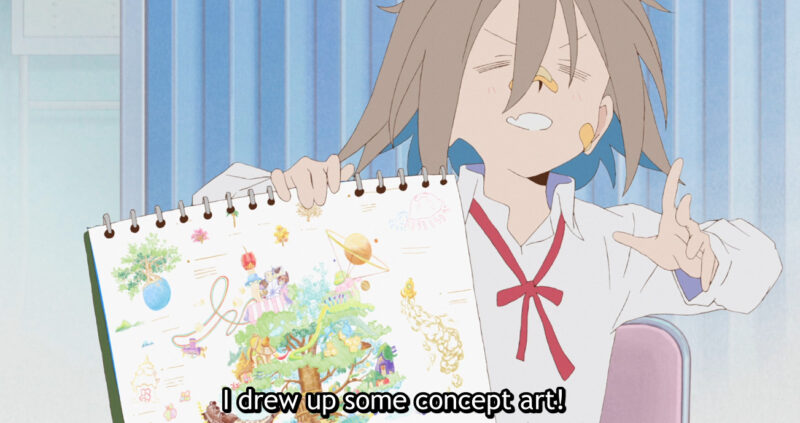
Do It Yourself! focuses on a club of girls who learn carpentry and other crafts. Getting better at carpentry and other crafting falls under fire, but the story focuses more on how that pursuit changes each of the girls inwardly and how they grow closer as friends. The story focuses more on water strength. Both forms of strength need to be present for the story to move well, but one tends to become the central focus.
Growing strength offers a framework for coming-of-age stories, which dominate anime. Developing strength follows an upward moving sine wave. Characters experience highs and lows across the plot, but their strength steadily grows. Of course, this isn’t always done seriously, such as in the Dragon Ball series where the growth curve moves toward ridiculousness. After all, reaching the power to shatter planets requires you to dial back to reset the growth curves. Of course Dragon Ball doesn’t take this growth trajectory seriously. Long-running series, unless they are carefully planned, can struggle with the growth trajectory.
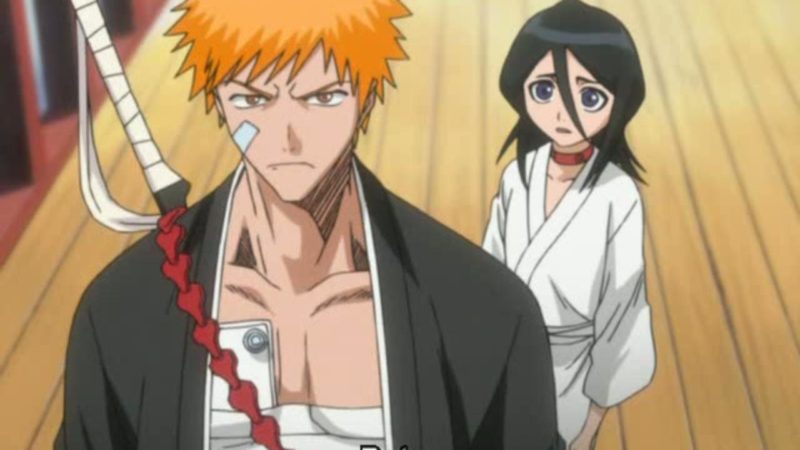
Bleach, as another example, has to reset Ichigo’s powers to keep the strength sine wave going. How this is handled can be interesting, especially when the story uses the slump of one strength to grow the strength of the other. While Ichigo’s Soul Reaper powers fade, he’s forced to face how reliant he was on fire-strength, which, in turn, strengthens his water side. Bleach doesn’t develop this as far as it should during its various power resets, but you can see a water-strength arc develop. The best stories pit water and fire strength against each other. When fire fades, water stirs. When water fades, fire stirs. When a character focuses on external strength, inner strength steps aside. But when those external strengths fail, an inner crisis appears, and during these inner crisis does inner strength develop. After inner strength grows, it fuels external development once again. Fire and water are not opposed. Good writers have both develop.
Growth isn’t consistent. It has valleys, plateaus, and peaks, which lend interest to narratives. This becomes more obvious in fire. Characters are defeated in combat or overwhelmed to the point of almost giving up. You can also see the same pattern in water. Relationships fall apart or stagnate. These are the moments of stories. We want to see characters grow out of their problems whether those problems are external enemies or inner weaknesses.
But what about isekai? Isekai stories have moved away from the growth curve right?
The Move Away from Apparently Getting Stronger
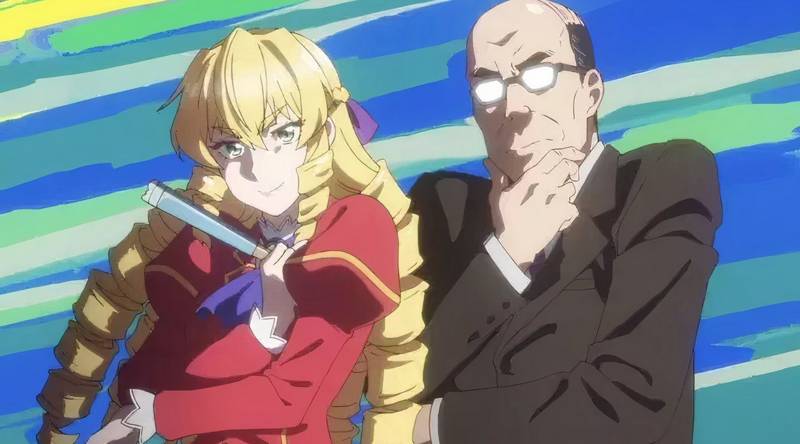
Isekai are stories that feature someone being teleported into an alternative world through various means; reincarnation is one of the most popular methods, often on the bumper of a truck. The alternative world usually models itself after something familiar to the protagonist’s world. Most often, that means a video-game styled world. The protagonist is then granted through various means some sort of extreme power that places them at the apex, or close to the apex, of their new world’s power curve. The fire strength growth curve still exists, but it focuses more on the discovery of what the character’s apex strength can do. There’s no real growth in strength. Instead, isekai stories usually (not all isekai lack a fire-strength growth arc) focus on water. Protagonists have to come to terms with their new world and their sudden elevation from forgotten-geek to the peak of power. Their inner self hasn’t grown from the usual ebb and flow of fire-strength growth, so the protagonist is ill-prepared for the fame, responsibility, and threat power brings with it. The story focuses on growing, or failing to grow, into these aspects.
Isekai share more in common with old-fashioned shojo relationship stories with their focus on water strength. However, the lack of fire growth often leaves isekai stories feeling incomplete. There’s no increase in water when fire wanes. Fire strength doesn’t wane except in how the character considers how to use that power. External conflicts resolve easily, which hurts the character’s inner growth. Inner growth, after all, requires challenge. Acclimation to the new world doesn’t take long, especially when the character can conjure modern comforts. In some isekai stories, the protagonist can even magically connect to the Internet in our world so they can escape back into their old obsessions. This could be used for interesting story telling and water-strength development, but I’ve seen few stories pursue this.
Isekai story-telling isn’t necessarily wrong in its approach to the theme of strength. However, without the ebb-and-wane of fire and water, most isekai stories suffer from flatter character development.
Growth Inspires Us
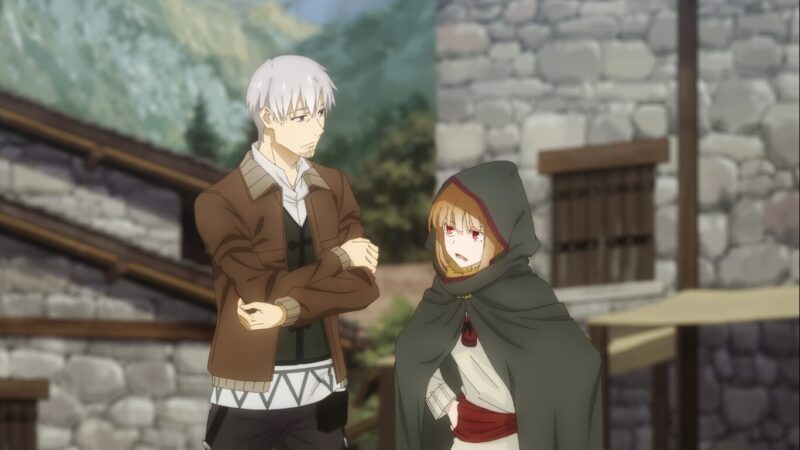
The theme of getting stronger, either focused on fire or water, inspires us to aim toward growth in our own lives. Whether we realize it or not, we fold the stories we consume into our minds and our approaches to life. Stories of hardship show us how fire and water strength work together and sometimes inspire us to take action toward own our growth. Many isekai stories, compared to old-fashion anime story-telling, do a bit of a disservice in this. Problems are more easily resolved since there’s little to no fire-strength growth. But sometimes easy, low stress stories benefit us too. They provide a space to relax. Do It Yourself! and other healing-stories like it can provide a low-stress way to address growth.
Anime’s focus on growth offers a good narrative framework because growth is a choice. We don’t have to grow in character or in abilities. I’m sure you know people who are trapped in the past, doing the same things they had always done, and showing no inner or outer change. Stagnant people choose to be stagnant for many reasons. Under those reasons, you will see a lack of growth-narratives. When you start young and age with growth-stories, you will, however marginally, be more comfortable with growth and change. This gives you a better chance to choose growth over stagnation. Growth doesn’t have to be drastic either. It can be simply varying your route to work or trying a different hobby or technique. Growth can involve meditating or putting your phone away for a few hours. Growth can be hitting the gym. No matter what types of growth you choose to do, you will grow fire and water strength. We aren’t isekai characters. We cannot grow external strength without growing inner strength too.
Growing strong is a theme that doesn’t lose its appeal as we get older. If you look at the oldest surviving stories, such as the Iliad, growing in strength appears in their themes. No matter how old we get, we have room to grow and improve. But this remains a choice. We can choose to grow in fire and water or choose to stagnate. Filling our minds with growth narratives help us avoid the fear of change and gives us lessons on how to navigate fire and water changes. It takes inner and outer courage to grow.
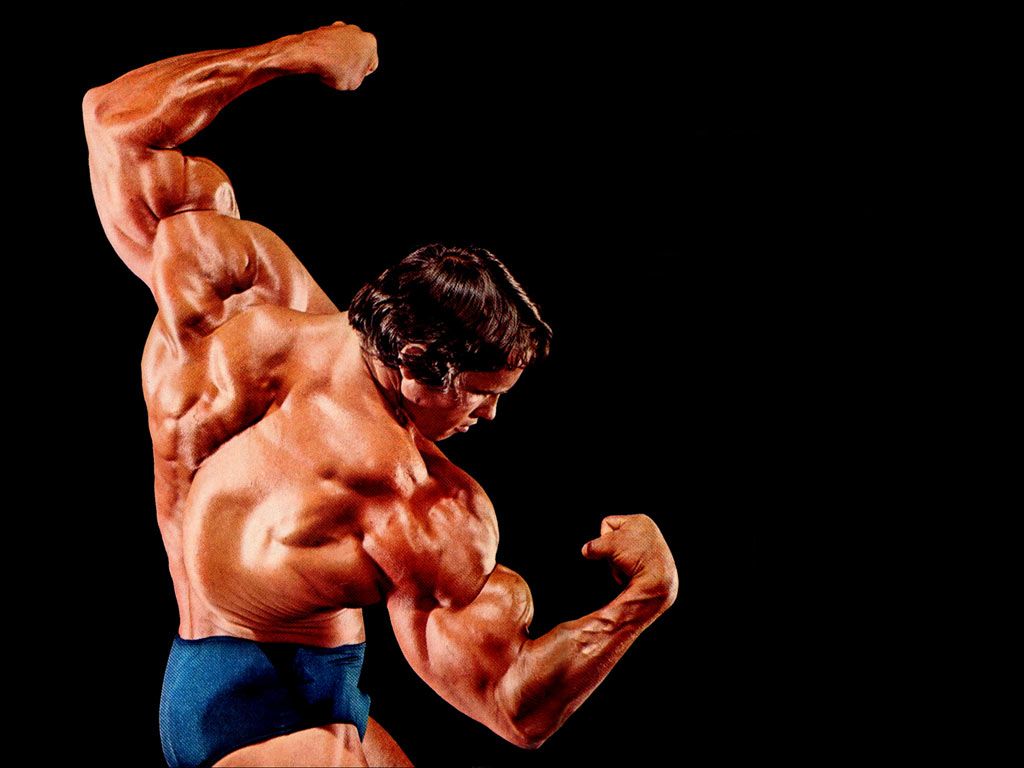
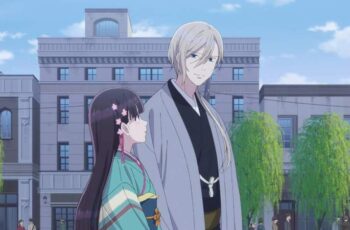
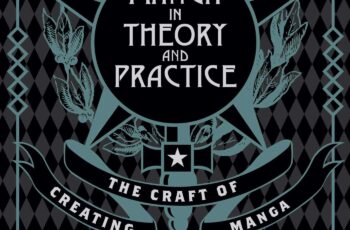
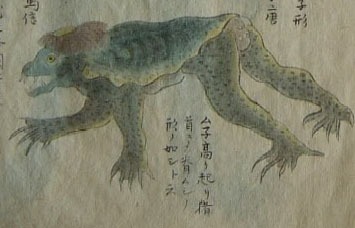
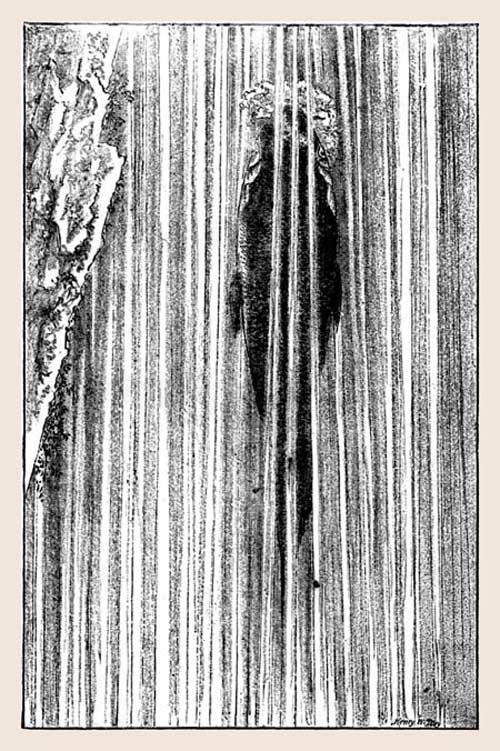
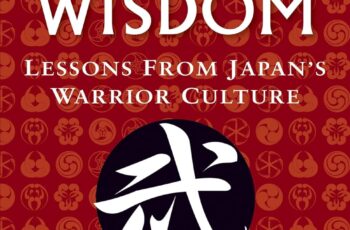
I wonder if it’s possible to tell stories that don’t involve growing in strength. “Stories” in a broad sense require conflict, which demands some challenge is overcome though progression of knowledge, maturity, or abilities. Sitcoms are the only format I can think of where growth is zeroed out by the end of each episode and characters are effectively stunted, but even an individual episode requires this fire-water balance to change.
Good question. The “Hero’s Journey” with no growth becomes a “Gilligan’s Island Plot”. But story arcs intended as gloomy social commentary may use a lack of growth to make the point… Fitzgerald’s, “The Great Gatsby”, Dostoevsky’s, “Notes from Underground”, and Koestler’s, “Darkness at Noon”, come to mind.
Does John Wick grow?
That is a good question. Stories have a forward momentum usually, pushed by character changes. Sitcoms are a format where the characters reset each episode. Star Trek: The Next Generation also has characters reset with most episodes. Some horror short stories seem to have little character growth, but that may be because there isn’t usually a long conclusion in such stories. Folklore sometimes has characters return to their beginning state as their major goal.
As Kumi says, some literary stories might have no growth as their social commentary.